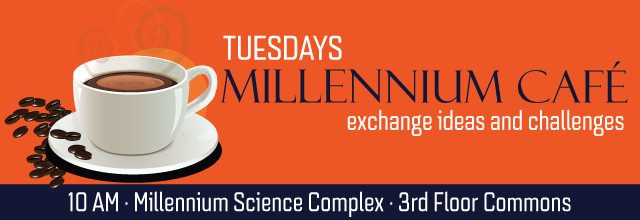
In this brief primer on the pioneering work of world-renowned systems scientist Riane Eisler, I hope to offer an ethics-based, constructive critique of contemporary society’s oft-exalted concept of disruptive innovation. To this end, I will introduce the Café community to Eisler’s extraordinarily holistic and integrative analytical tool – the Biocultural Partnership-Domination Lens, along with its related four pillars of partnership: childhood, gender, economics, and narratives. Finally, I will offer an opportunity to participate in a book club that will dive deeper into Eisler’s work, for those who wish to learn more about practical strategies to transcend systems of rigid top-down domination and construct more egalitarian and evolved systems of partnership.
Cole Hons | Huck Institutes
